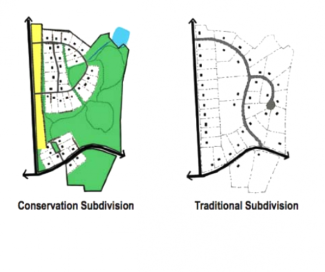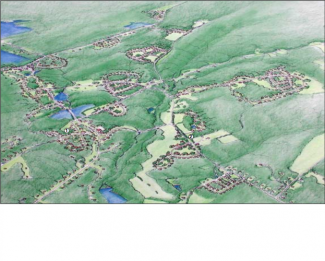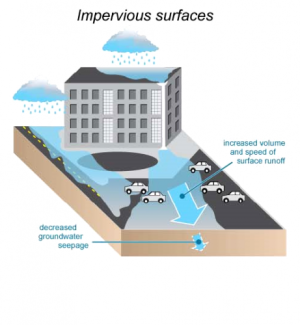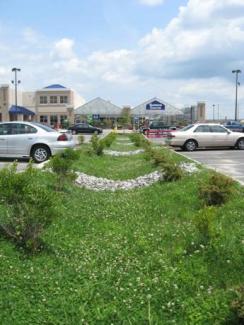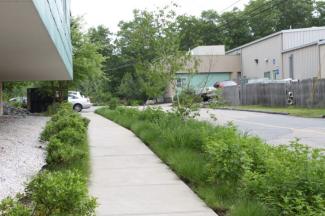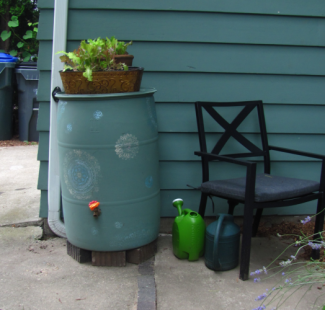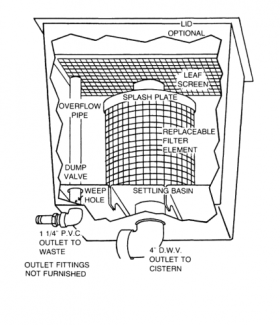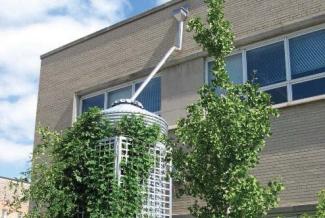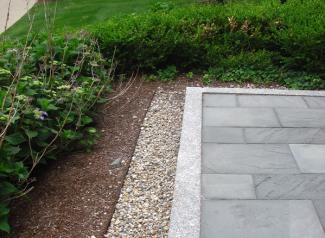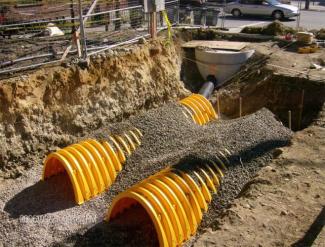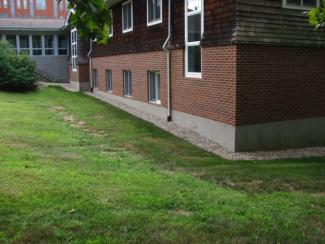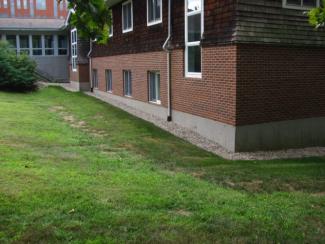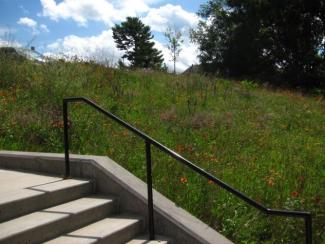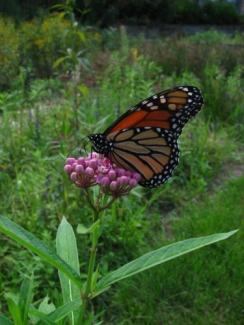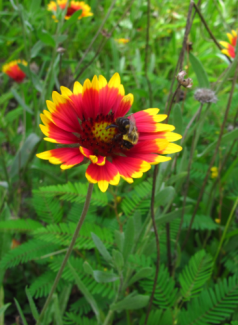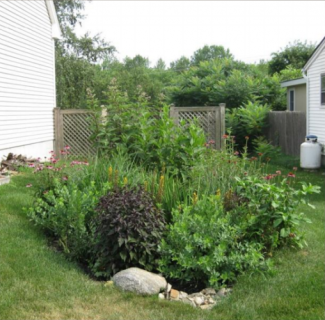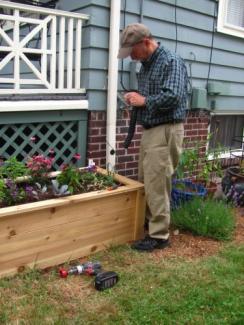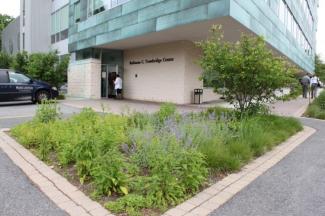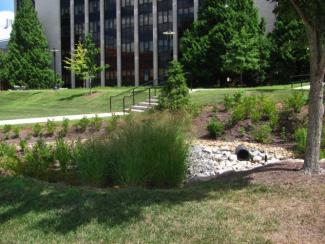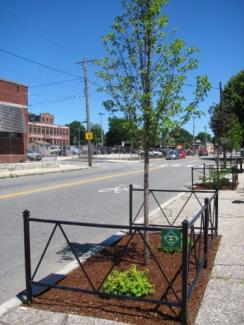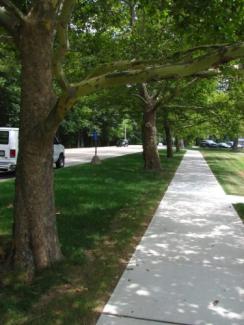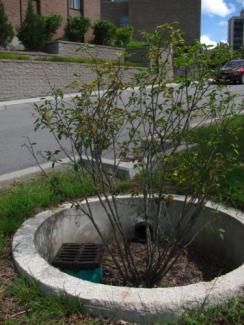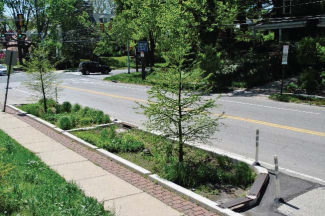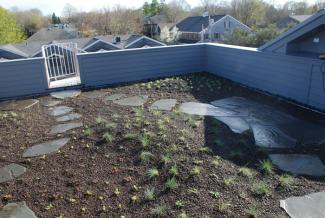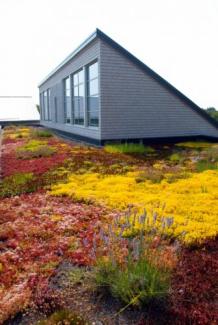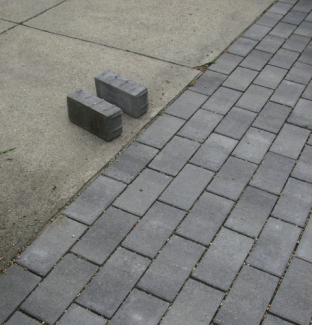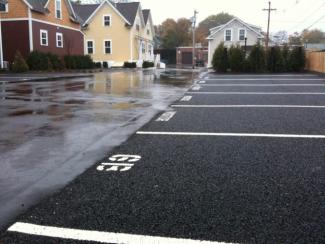Types of Green Infrastructure
Multiple, cost-effective treatment practices located throughout a development project or property will most effectively manage stormwater. Some types of GI are described below, accompanied by examples.
Site Design
Site design refers to a variety of techniques, including conservation development, vegetated buffers, permeable pavement, and other innovative strategies to decrease impervious cover and maximize efficiency. A key attribute of conservation development is smaller-sized plots to allow for more open space shown at right.
Bioswales
A bioswale is typically a long, narrow channel planted with grasses or other native vegetation that may convey stormwater to another LID practice or capture and treat stormwater directly.
Cisterns and Rain Barrels
Cisterns and rain barrels are water collection techniques to capture runoff from rooftops and other paved surfaces for various non-potable water uses, such as lawn watering or fire control.
Dry Wells and Infiltration Trenches
Infiltration trenches and dry wells are trenches or chambers filled with crushed stone to capture and temporarily store stormwater before allowing it to infiltrate into the soil.
Naturalized Landscaping
Naturalized landscaping takes the place of a lawn and is characterized by native vegetation. Native plants have deeper roots that require less water (drought-tolerant), do not need to be fertilized, and are beneficial for pollinators. Naturalized landscaping may be used in an area that was depaved in an effort to decrease the amount of impervious surface.
Rain Gardens and Bioretention
Rain gardens and bioretention areas are shallow depressions that collect and filter stormwater through layers of mulch, soil, and plants. Small rain gardens can be integrated onto residential lots, while larger bioretention systems are suitable for cul-de-sacs, roadsides, or parking lot drainage. Bioretention can take many forms as seen in the images below.
Rain garden resources on RI Stormwater Solutions
Trees
Trees can absorb and use large amounts of stormwater. Street trees accept some runoff from the sidewalks and surrounding buildings as well as providing shade and beauty. Tree filters are plantings designed to receive and infiltrate stormwater runoff. Reforesting broader areas of trees is another way in which trees can be used to reduce stormwater runoff.
Green Roofs
A green roof is either partially or completely covered in vegetation to absorb and capture rainwater, reducing the amount of water available to runoff.
Permeable Paving
Permeable pavement is a method of paving that allows stormwater to seep into the ground through openings within the paving material.
Permeable pavement factsheet series

